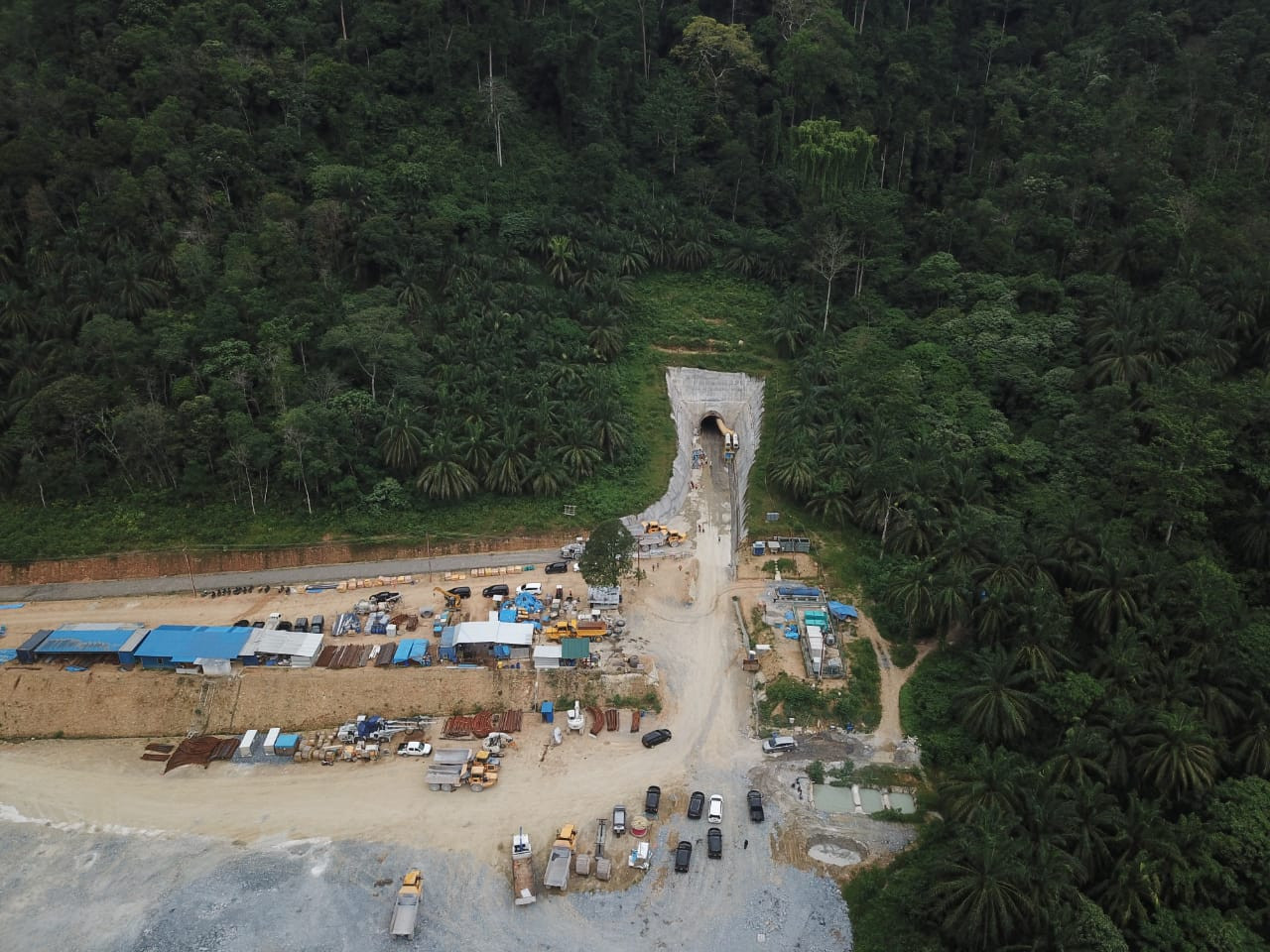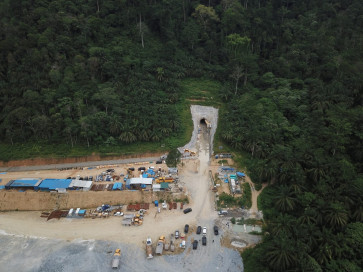Popular Reads
Top Results
Can't find what you're looking for?
View all search resultsPopular Reads
Top Results
Can't find what you're looking for?
View all search resultsMaking infrastructure projects more investable
Indonesia still needs to mobilize more financial resources into the infrastructure sector. At the moment, the effort is still too focused on the development of financial instruments.
Change text size
Gift Premium Articles
to Anyone
I
nfrastructure development remains the government’s top development priority in 2020. McKinsey Global Institute estimated a cumulative infrastructure gap of US$5.5 trillion until 2035, both for developed and emerging economies. With fiscal rules and global economic downside risks, creative financing for infrastructure should be explored.
The first solution for such constraint is actually through budget reallocation. This was already applied by the government in 2015 when a significant amount of energy subsidy was rationalized and reallocated for infrastructure projects. The money was used by the government to inject capital into state-owned enterprises (SOEs).
Although this method successfully increased SOEs’ infrastructure financing capacity by nearly three times due to leveraging, Indonesia still needs to mobilize more financial resources into the infrastructure sector. At the moment, the effort is still too focused on the development of financial instruments.
Among financial instruments prepared for this matter included infrastructure related asset-backed securities (ABS), infrastructure funds and a real estate investment trust.
These instrument-focused innovations were accompanied by enabling policies such as the mandatory asset placement policy.
Nonbank investors such as pension funds and insurance was required to place a minimum of 50 percent of their assets in sovereign and quasi-sovereign types of financial instruments, such as government and SOE securities, including the infrastructure-related ones.
This showed that the government intended to increase nonbank financial institution (NBFI) demand for infrastructure through financial (indirect) instruments.


















